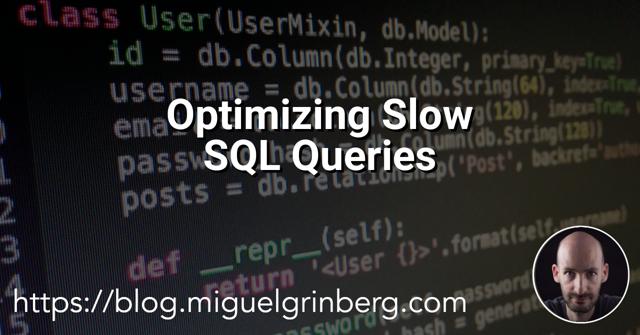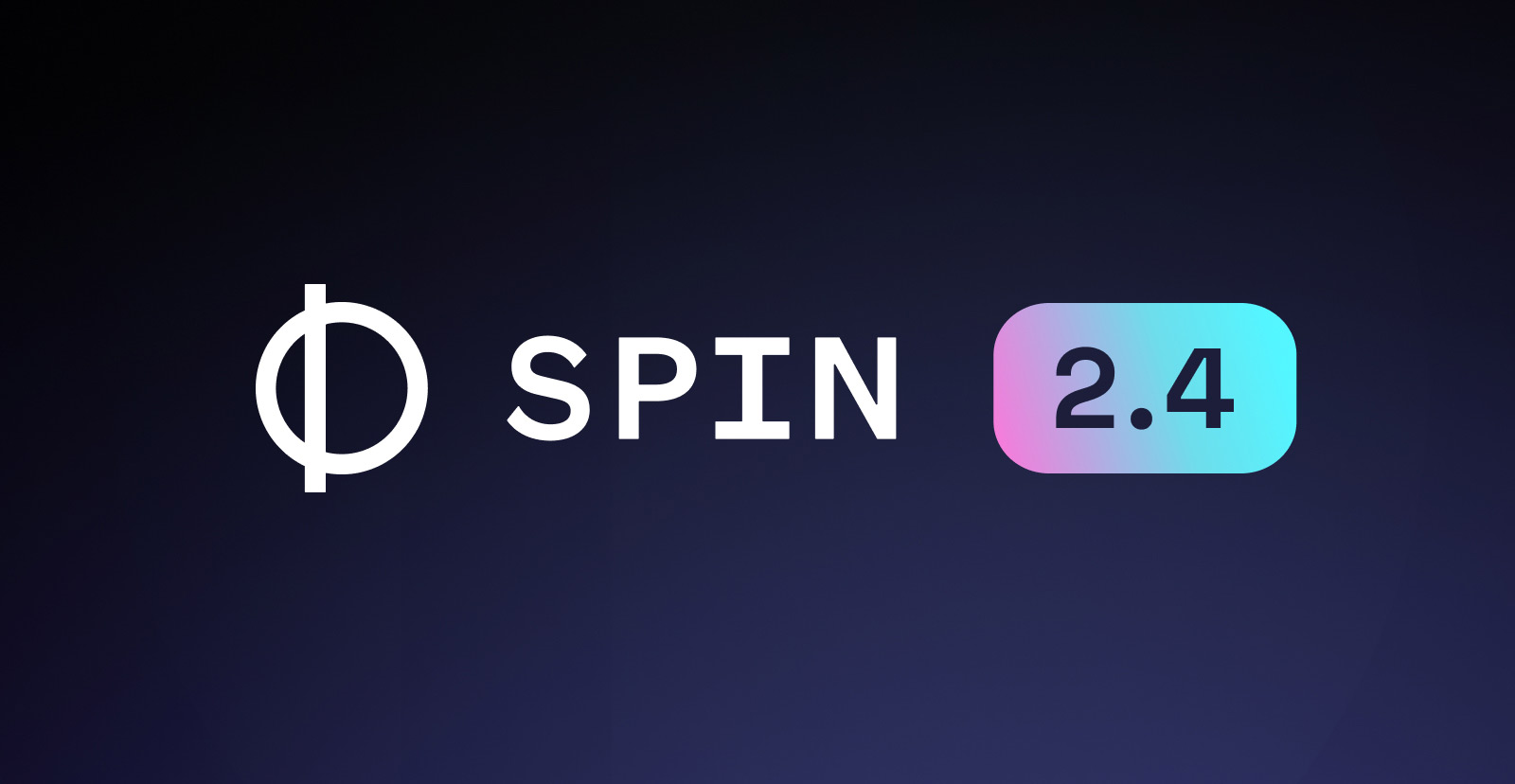Stateful Postgres Storage Using Kubernetes
Kubernetes was developed originally as an orchestration system for stateless applications. Today, Kubernetes is the backbone of countless full stack applications with, notably, a database as part of the stack. So, a question we often hear is:
Let’s say you maintain a Postgres database and you’ve been tasked with moving it to Kubernetes. You can just start up a Kubernetes pod running a Postgres image and load the data and call it a day.
As soon as that pod goes away, so will that small but critical database, because the database storage existed as part of that ephemeral pod.
When you created that pod, you told the underlying computer to reserve a certain amount of resources for it—a certain amount of compute power, a certain amount of memory, and a certain amount of storage comes with this automatically. But as soon as that pod goes away, all of that is released back into the pool.
And pods do go away even when you don’t want them to. Maybe a pod exceeded the resource limits you gave it, or maybe the process hit a fatal exception, or—well, there are a lot of ways a pod can die. Let’s call this the first lesson of Kubernetes: pods are ephemeral—as the old saying goes, consider these cattle, not pets. While this model of deployment is ideal for application services, we need something different to handle the database in Kubernetes.

















